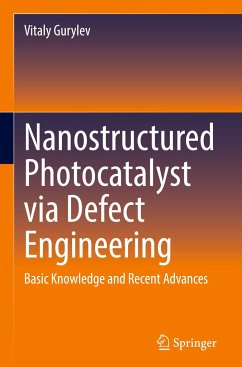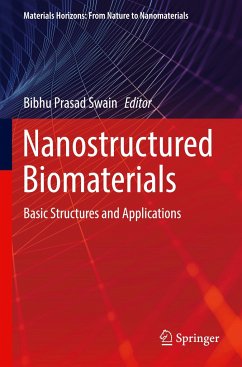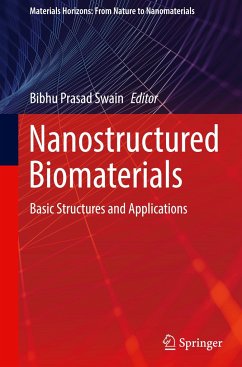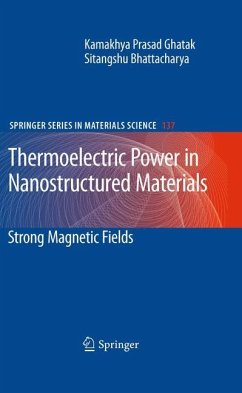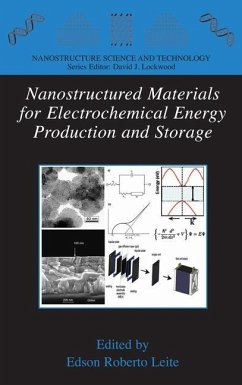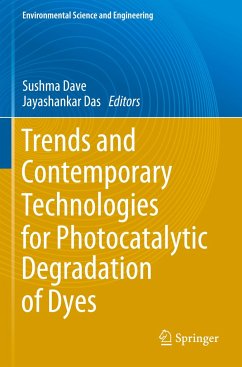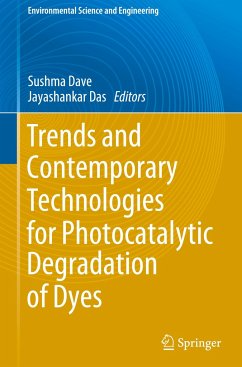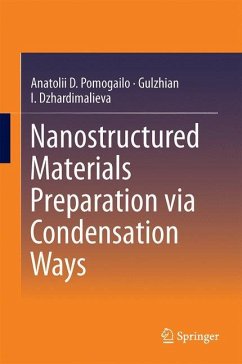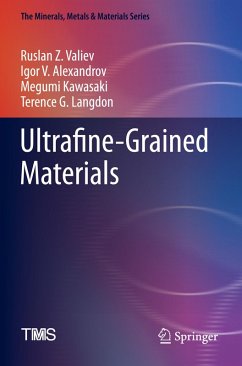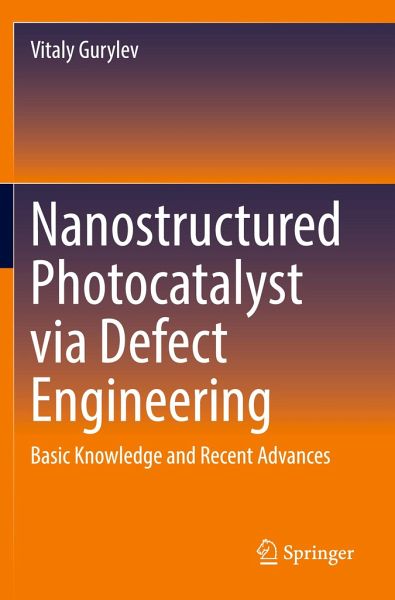
Nanostructured Photocatalyst via Defect Engineering
Basic Knowledge and Recent Advances
Versandkostenfrei!
Versandfertig in 6-10 Tagen
151,99 €
inkl. MwSt.
Weitere Ausgaben:

PAYBACK Punkte
76 °P sammeln!
This book helps readers comprehend the principles and fundamentals of defect engineering toward realization of an efficient photocatalyst. The volume consists of two parts, each of which addresses a particulate type of defects. The first, larger section provides a comprehensive and rigorous treatment of the behaviour and nature of intrinsic defects. The author describes how their controlled introduction and consequent manipulation over concentration, distribution, nature and diffusion is one of the most effective and practical methodologies to modify the properties and characteristics of targe...
This book helps readers comprehend the principles and fundamentals of defect engineering toward realization of an efficient photocatalyst. The volume consists of two parts, each of which addresses a particulate type of defects. The first, larger section provides a comprehensive and rigorous treatment of the behaviour and nature of intrinsic defects. The author describes how their controlled introduction and consequent manipulation over concentration, distribution, nature and diffusion is one of the most effective and practical methodologies to modify the properties and characteristics of target photocatalytic materials. The second part of the book explains the formation of extrinsic defects in the form of metallic and non-metallic dopants and gives a detailed description of their characteristics as this approach is also often used to fabricate an efficient photocatalyst. Filling the gap in knowledge on the correlation between introduction of defects in various semiconducting materials and their photocatalytic performance, the book is ideal for graduate students, academics and researchers interested in photocatalysts, defect engineering, clean energy, hydrogen production, nanoscale advanced functional materials, CO2 deactivation, and semiconductor engineering.



